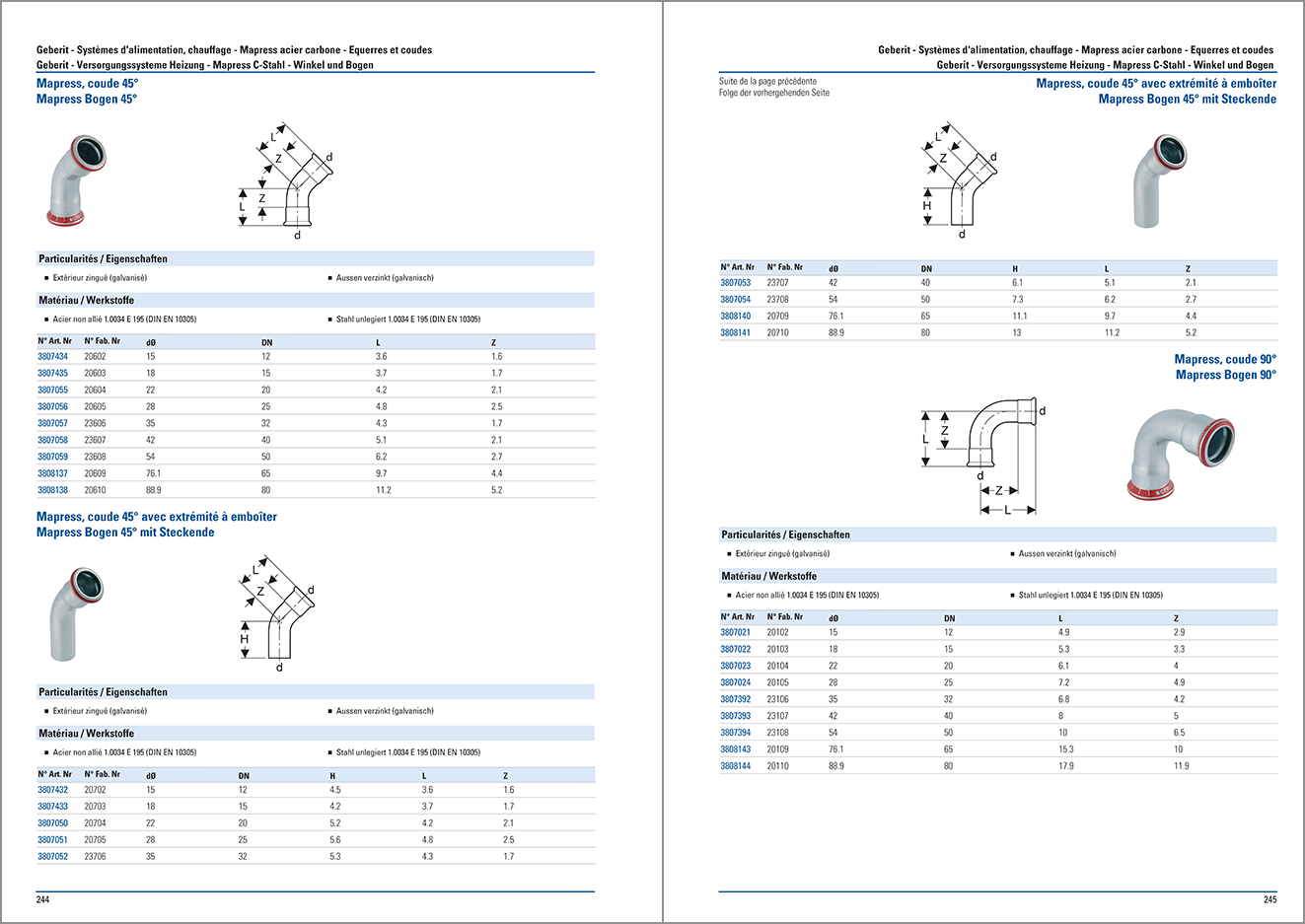Welcome back for our 4th article on the blog.
First of all, it’s time for us to wish you a very happy new year, full of catalogs, products pages and prices list.
For this first article of the year, let’s deal with a subject that all catalogs designers know : the hell of the prices in commercial documents.
Indeed, price is the most volatile and the more difficult information to page. In fact, it changes a lot, because of different factors (special offers for example).
To cope with this problem, we suggest three different solutions :
1) Main catalog
The first and simplest solution is to present only the current prices of the various products, net of rebates. This allows you to present your catalog in a simple way, while synthesizing all the information.
Then, coupling a product catalog with a website can be very interesting : your paper catalog can present homogeneously the range of your products while your website will give the total net prices of each of your customers, and updated daily.
2) Prices lists or tariffs creation
The second is to create prices lists or tariffs. In this case, you produce a catalog without prices and you just add a special prices list. The best is to use the same layout and graphic theme in both your catalog and your list. This list may be reprinted more easily and faster than your catalog, as its information is way more condensed.
At Getaz Miauton, for example, they use it : they created a catalog of over 700 pages, and next to it, they incorporate a list of prices.
This leaflet contains the prices of each reference. This list includes only 33 pages, allowing to achieve drastic savings in printing costs and to print more frequently.
3) Personalization and segmentation
The last is to produce specific catalogs for each customer. This solution has several advantages :
- customize the commercial document, both the product range and in terms of graphical personalization of the catalog.
- add customer's logo on its catalog. It adds a real value to the document. Effect guaranteed!
You may also be less radical and released catalogs by sector or by product type.
Of course, this latest solution is the most expensive and the longest to implement, but it provides more flexibility and opportunities than the others. These documents are smaller and therefore may be printed internally.
Conclusion : do not hesitate to use thematic catalogs.
Have a great day.

The main catalog

Page by page, the list show the prices of all the products of the catalog

An example of a specific catalog for a particular client